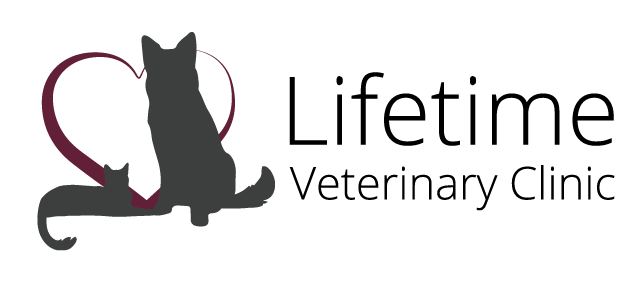Library
-
Tumors of the urinary tract may present anywhere from the kidneys to the tip of the urethra. Tumors of the bladder are most common in the dog whereas tumors involving the kidneys are more prevalent in cats. Unfortunately, many tumors of the urinary tract are malignant and treatment options may be limited. Surgery is possible in select cases. Medical treatment may be beneficial in cases where surgery is not possible.
-
Cortisol is a stress hormone that is excreted from the body in the urine. Creatinine is a product of muscle metabolism and is normally lost in the urine at a relatively steady rate. The ratio of creatinine to cortisol in the urine can be used to account for the effect of urine concentration on cortisol measurements. Urine cortisol/creatinine ratio is usually evaluated in animals suspected of having Cushing's disease. This test involves the collection of a single urine sample, taken first thing in the morning.
-
The presence of protein in urine is called proteinuria, and it may indicate that the kidneys are not working properly. In some situations, proteinuria may even be a sign of kidney failure; however, bleeding or inflammation in the urinary system is a far more common cause. Your veterinarian may recommend further testing if the urinalysis reveals inflammation or bleeding.
-
The urine protein/creatinine (UPC) ratio is a test that measures how much protein is being lost through the kidneys. The UPC measures whether protein excretion is greater than expected when compared to the excretion of creatinine. Before the UPC ratio can be interpreted, two other measures of kidney function should be taken: blood urea nitrogen (BUN) and serum creatinine.
-
UroMAXX is a supplement used to support bladder and kidney function in cats and dogs. It has been used to support the treatment of urinary tract infections in cats and dogs. UroMAXX comes in oral chewable and liquid drop forms. It is used “off label” or “extra label”.
-
Ursodiol is given by mouth and is used off label to treat gallbladder and biliary liver diseases in dogs, cats, horses, and birds. Give as directed by your veterinarian.
-
Treats are a wonderful way to provide positive reinforcement to your cat during a training session. Choose low-calorie foods such as green beans, zucchini squash, and watermelon. Avoid foods that are potentially harmful, such as chocolate, garlic, onions, raisins, grapes, macadamia nuts, and products that have xylitol. Limit high-calorie treats and keep treats within 10% of your cat's daily calorie intake. Keeping training sessions short and engaging while providing appropriate foods as treats can be a wonderful way to strengthen the human-animal bond.
-
Pets readily learn to engage in appropriate, desired behaviors through positive reinforcement methods. Reward-based training improves communication and provides enrichment for pets and people alike.
-
Uterine tumors are quite rare in North American pets, mainly due to routine spaying practices. Several types of tumors can arise from the tissues of the uterus. This handout discusses uterine tumors in dogs and cats. The various types of these tumors, along with the clinical signs, diagnosis, treatment, and prevention of this condition are outlined.
-
Uveitis is an inflammation of one or more of the structures making up the uvea (part of the eye). Signs of uveitis are severe pain with an intense reddening of the visible parts of the eye. Measurement of intraocular pressure is often performed to diagnose uveitis. Treatment involves reducing the pain and inflammation in the eye as well as treating the initial cause of the disease.

